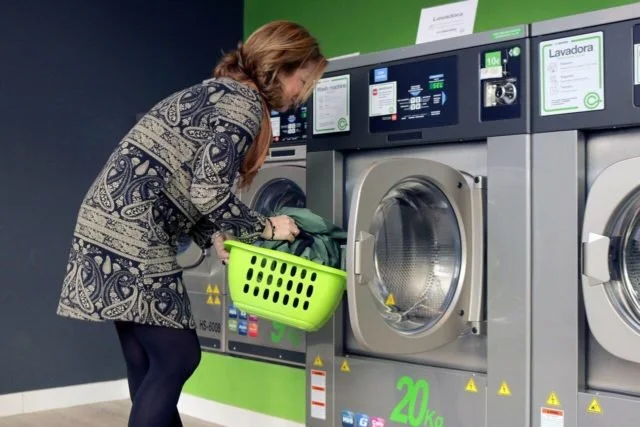Vivreau Water is pleased to announce its return as the official hydration partner for TED2023. This marks the company's sixth year providing sustainably-focused, premium still and sparkling water to conference attendees. Attendees can look forward to the latest advancements in Vivreau's water dispensing technology with advanced filtration capabilities and enhanced hygiene features available in the Top Pro and Extra I-Tap. Hydration is an essential part of maintaining mental clarity and focus, and Vivreau is proud to support TED2023 attendees in maximizing their conference experience.
After nearly 3 months, the water's back on at east Hamilton apartment building
David Galvin's water is running for the first time in nearly three months. The long-awaited repairs to pipes at 1083 Main St. E. in Hamilton began last week. While the water is icy cold, with the hot water not yet connected, Galvin said it's proof of what the tenants have been insisting since late December — the work could be done in a matter of days without anyone having to move out.
Unchecked climate change puts Canada’s West Coast in hot water
Last year was the hottest on record for the ocean, an upward trend only expected to continue as it wreaks havoc on coastal communities and spurs irreversible losses to marine ecosystems. Ocean warming has cascading effects, melting polar ice and causing sea-level rise, marine heat waves and ocean acidification, the United Nations’ panel of climate experts made clear on Monday. Sea-level rise has doubled in the last three decades, reaching a record high in 2021, the Intergovernmental Panel on Climate Change (IPCC) reported. Rising seas, coupled with more extreme weather, are setting the stage for a perfect storm of flooding for coastal communities.
Green False-Creek utility to extend reach of its green heat and hot water
The City of Vancouver has signed up suppliers to expand its False Creek Neighbourhood Utility that provides heat and hot water around the Olympic Village, which will triple its existing footprint. The $100 million project will see Vancouver expand the system, which harvests waste heat from hot water running through sewage pipes as a key emissions-reduction measure, from 3.2 megawatts to 9.8 megawatts. And its capacity will be increased from servicing 600,000 square metres of building space, including Science World and Emily Carr University of Art and Design, to an additional 1.9 million square metres of new development in the Southeast False Creek, False Creek Flats, Northeast False Creek and Mount Pleasant.
Morning Start: There’s no difference between hot and cold water during laundry
Fun Fact: Because of advances in soap and detergent, there is no difference between using hot water and cold water when washing clothes. The only difference is you’re spending more money using all that hot water because approximately 75 per cent of energy used in a load of laundry is to warm the water.
Heat from Wastewater Treatment to Fuel Cogswell District
The province is investing more than $4.6 million for an energy system to supply heating, cooling and hot water for the new Cogswell District redevelopment area in downtown Halifax. The system, the first in eastern Canada, will supply renewable energy generated by Halifax Water’s nearby wastewater effluent treatment facility, to six mixed-use buildings. “This is a prime example of how innovative technologies can help communities meet their energy needs in more efficient and environmentally friendly ways,” said Labi Kousoulis, Minister of Inclusive Economic Growth, on behalf of Energy and Mines Minister Chuck Porter. “It is the first system of its kind in eastern Canada and will help Nova Scotia achieve its bold climate change targets.”
How liquid salt could be the answer to oilsands tailings ponds
Wastewater from oilsands mining operations have long been a challenge for Canada's energy industry, much of it ending up in industrial tailings ponds. But scientists and engineers at the University of Calgary are taking aim at eliminating watery tailings from the oilsands production process with the help of specialized liquid salt. Hot water is used in oilsands mining operations to extract the oily bitumen from the sand, with the resulting wastewater ending up in tailings ponds to settle and later be reused. Alberta has an estimated 1.3 trillion litres of fluid tailings sitting in tailings ponds.








